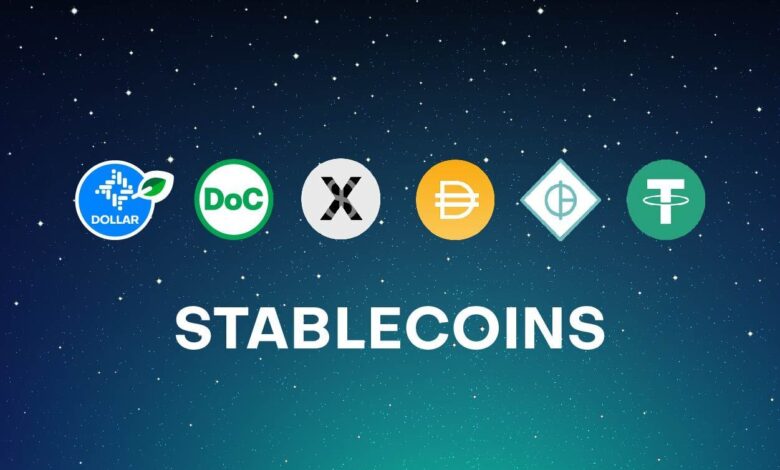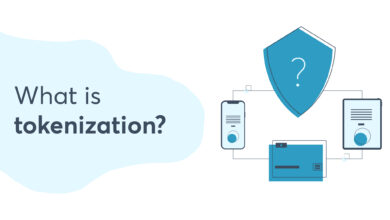What is Stablecoin?

Stablecoins are cryptocurrencies that aim to have long-term price stability and are based on the value of an underlying asset, like the US dollar. At the same time as offering all the benefits of cryptocurrency, they work to prevent severe volatility.
Cryptocurrency market capitalization can vary by billions of dollars per day. Even Bitcoin (BTC), the most well-known cryptocurrency, is prone to extreme price fluctuations. Over the last month, investors have noticed a daily change in the value of BTC of roughly 4%.
The US dollar and the British pound are examples of fiat currencies that do not experience this amount of market volatility. Therefore, stablecoins can also be seen as a tokenized version of fiat money. Theoretically, a token that will always trade for one dollar is a stablecoin, a cryptocurrency linked to the dollar that runs on a blockchain.
How Are Stablecoins Used?
Stablecoins provide investors the freedom to invest in and withdraw from a variety of cryptocurrencies while continuing to operate in the cryptocurrency market.
In order to bridge the gap between fiat money and cryptocurrencies without the volatility, stablecoins are used, according to Richard Gardner, CEO of Modulus Global. Stablecoins, according to the author, allow people from high inflation economies to keep their money’s worth in a reliable asset like the US dollar.
Without the disadvantage of volatility, these coins offer fast transfers and low transaction costs. Investors can hold them as a result without worrying about illogical changes in the value of their investments.
International money transfers are one application. This would often require FX conversions involving numerous institutions and middlemen. This approach would thus involve a lot of steps, various costs, and would typically take a few business days to complete in contrast to a stablecoin transfer, which would be fast and have low, or no fees.
How Stablecoins Make Money?
The main source of income for stablecoin issuers is the straightforward charging of redemption and issuance fees. The next step typically varies depending on the kind of stablecoin. The discussion over reserve disclosure that was previously covered is fueled by centralized issuers’ need to make income.
Many people consider this—the fact that owners of such stablecoins face counterparty risk—to be the drawback of the centralized architecture. Contrary risk refers to the danger that the other party to the asset may fail to complete a portion of the transaction and violate the agreement.
“(Centralized) stablecoins create money by investing their dollar reserves in higher yielding asset classes, such as commercial paper or Treasury bills,” claims Ganesh Viswanath Natraj, an assistant professor of finance at Warwick Business School in the United Kingdom. They don’t charge interest on their liabilities, in contrast. On the other hand, decentralized stablecoins have several revenue sources based on the protocol.
Common examples are the selling of stablecoin voting control tokens or the deposit of funds into smart contracts built on the blockchain to generate interest.
These stablecoin issuer investments do come with risk, though. It is up to the stablecoin issuer to decide.
While Natraj acknowledges that investing their dollar reserves can increase profitability, he also cautions that doing so raises the possibility of a bank run and depletes their liquid funds, making it difficult for them to cover redemptions in the event of investor panic.





